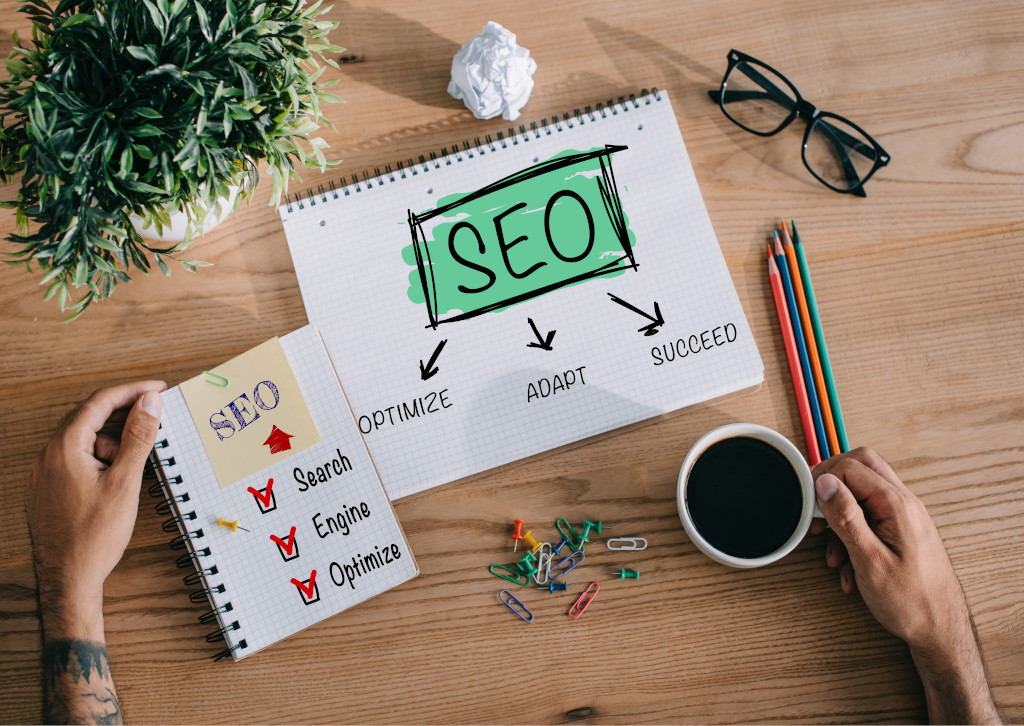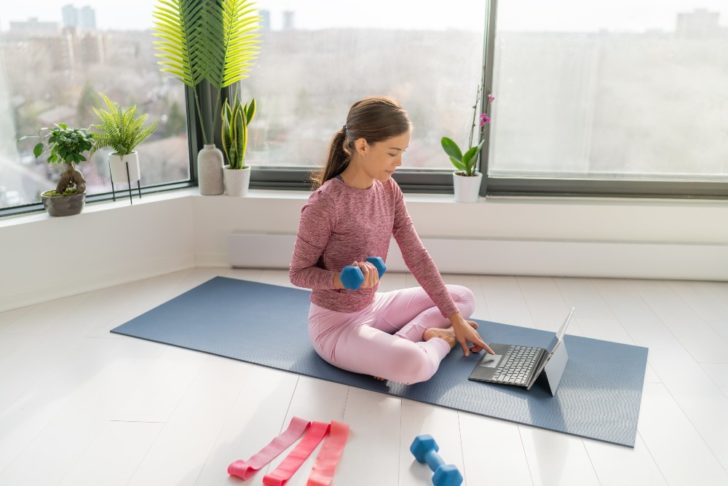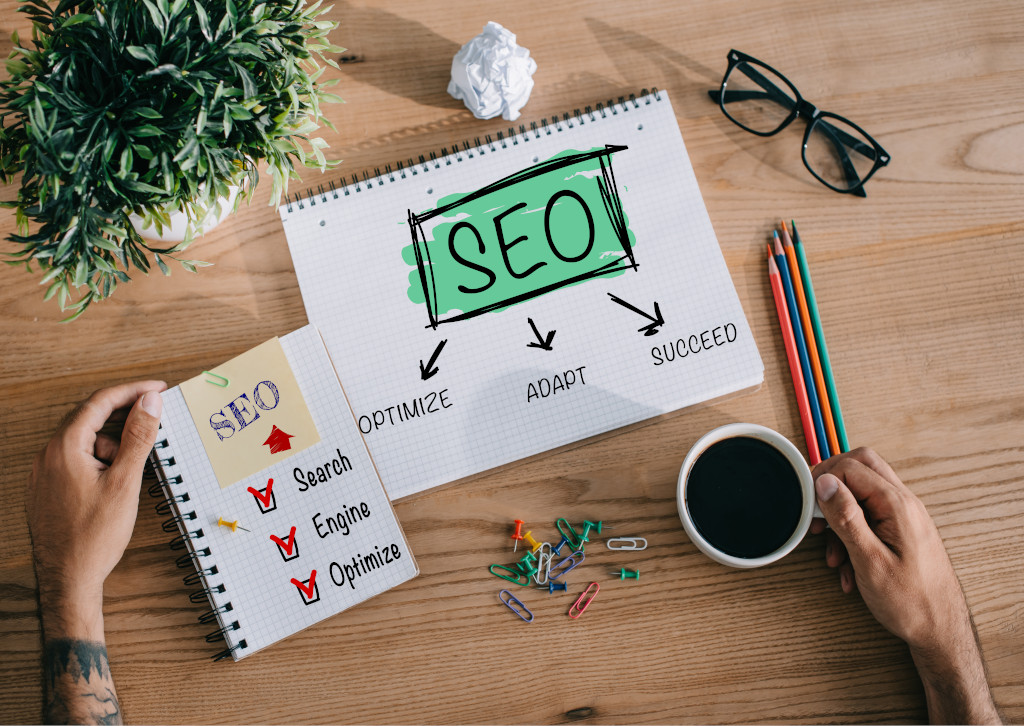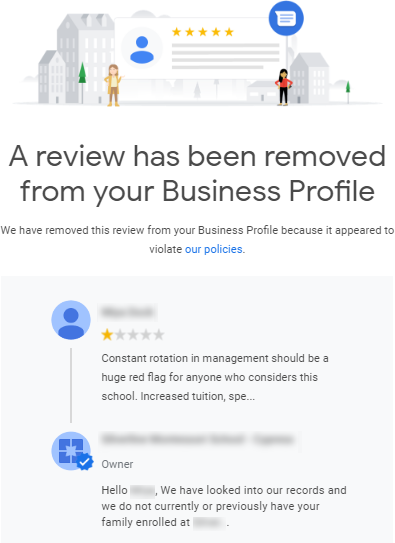30-second summary:
With search getting more sophisticated there will be a strong relation between user signals and influencersGoogle’s Multitask Unified Model (MUM) and the AIDA (Attention, Interest, Desire, Action) model will impact search intent and influence a business’ search visibilityIntellifluence’s CEO, Joe Sinkwitz explains key concepts surrounding the impact of influencers on website rankings in modern SEO
One new to SEO might assume that the only role influencers play when it comes to ranking is in the form of bloggers providing reviews and links via guest blogging. However, if we were to segment search into simplistic buckets of links, content, and the cumulative user signals associated with how a visitor interacts with links and content, the future role of influencers is going to skew far more towards the user signals bucket.
Historically, influencers have been viewed as a paid social channel add-on for B2C and D2C companies, only more recently taken seriously for their ability to influence B2B purchases. Their use cases are far more versatile than the initial assumptions and preconceived notions related to value, with expected compensation ranges to match that versatility based on audience sizes and channel selection. As an SEO, it is easy to understand how influencers that maintain blogs in your niche would be useful when undergoing a PR-driven outreach campaign for link purposes. To understand how influencers can affect the outcome of a site’s rankings external to the links generated, it’s important first to understand a few key concepts.
Content created in partnership with Intellifluence.
Targeted peer personas
Within the realm of content marketing, a marketer would seek to develop out personas in order to properly structure content with the appropriate hooks and value propositions. For ease in understanding how to create a sample buyer persona, consider the following process:
Provided you’re not operating on a brand new site, look into your previous 100 customers – if you have enough data, you can be more granular and select out your most ideal customers.Based on the buyer contact’s email, use a tool such as Clearbit to generate a list of their social media accounts. Keep in mind that where they maintain social accounts is just as important as to their level of usage and subject matters.Who do these customers aspire to be? Are they constantly seeking out solutions? Whom do they follow to get these solutions? A quick hack in this is to sort their followers by audience size as authoritative influencers tend to have a larger following than most of their industry peers.Digging further, who influences those subject matter experts? Which sources do they consume?Who are your ideal customer’s peers? On one hand, you’ll likely have some of that data immediately when analyzing the audience data. If you do not, LinkedIn Sales Navigator makes segmentation rather simple based on their filters and query refinements, allowing you to select extremely similar individuals to your targets.Repeat the above process as necessary to generate a large enough dataset that you can apply pivots on in a worksheet, in order to determine buyer persona commonalities.
Once targeted personas are created based on those characteristic commonalities, we can use them in order to positively impact those user signals. Here are a few oversimplified pieces for the sake of brevity.

Navigational queries
Through multiple experiments, we know that spikes in navigational queries can have a spillover effect on rankings for non-navigational queries. As Google is introducing Multitask Unified Model (MUM) to make sense of complex queries, the more positive effects we as SEOs can provide on showing that these navigational queries also have informational and transactional signals associated with them, the better the intent and therefore search the ordering will be on the coveted transactional terms.
How does this work with targeted peer personas? It can be as easy as hiring influencers that exist frequently enough in the sum audience data to your targets to share out useful information related to your product or service, specifically writing out the brand name. Each time we’ve run campaigns of this type, the navigational queries spike. This alone is very useful, but there’s more power to these peer influencers.
Repeat dwell
Having a user specifically search for your brand and click the result is a fantastic first step. What could be better? Repeatedly visiting and spending time on-site. I recognize that we’re simplifying here but structuring a campaign with peers that follows the model of Attention, Interest, Desire, Action (AIDA) allows you to introduce the brand name for navigational queries then pepper the targeted audience via those peer influencers with interesting facts and use cases.
In this phase of the campaign, the direct links from social posts could be used as we can all probably agree that our Chrome and Android data is being used to continually refine future searches. The goal of this phase is to drive repeat usage of the site. Some commercial activity may very well take place, which is a bonus, but not the KPI.

Query satisfaction
The final phase of the AIDA model moves from desire to action, and our goal is to turn our navigational queries into transactional rankings. Translated to how MUM might perceive this, a user that seeks out a result navigationally, returns to the result from another channel, and then comes back with a transactional query modifier is likely satisfied with the query result and thus that website should be shown more frequently.
How does that work with the influencers? The third style of posts from the peer influencers to your buyer personas can again return to mentioning your brand name and including a specific value proposition to generate that action. It could be a coupon code, a time-specific call-to-action for a deal, a giveaway, or any combination of the sort. By now focusing on a specific transactional modifier with your brand name, a percentage of those blended queries will occur, resulting in action being taken, which is the definition of query satisfaction. You’ll have successfully used influencers to influence how Google perceives the site for future transactional queries.
Joe Sinkwitz is CEO at Intellifluence.
The post Influencers in today’s SEO appeared first on Search Engine Watch.
Did you miss our previous article…
https://www.seooptimisation.org/?p=51







